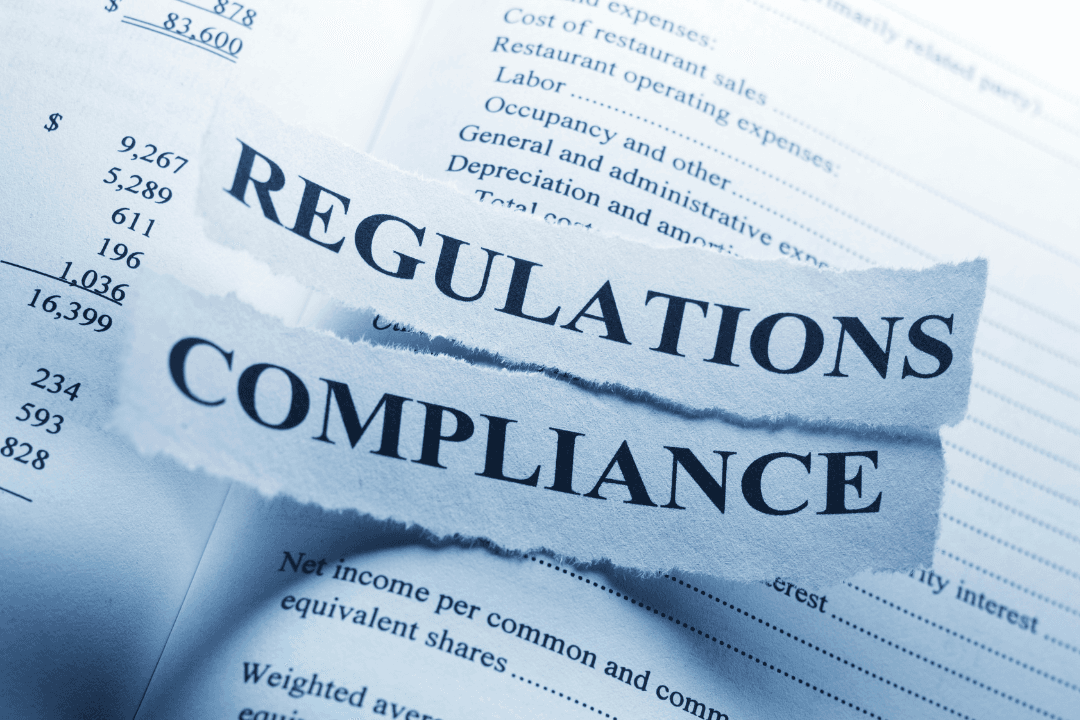
What level of electronic signature do I need?
When choosing an electronic signature solution, it’s important to match your requirements to the appropriate level of e-signature.
In the EU, the eIDAS regulation defines three levels of electronic signature: Basic, Advanced and Qualified (for details, refer to the Scrive Trust Center). Each level is determined by different technical specifications and has its own benefits and trade-off’s. The main differences boil down to the question: To what degree does a document signed using this level of signature meet the standards for a legally-binding agreement?
In other words, in the event the document’s validity were challenged, how well would you be able to demonstrate the signer’s intent to enter into a legal agreement, the identity of the signer and the document’s integrity (it hasn’t been altered)?
Deciding which level of electronic signature is right for your requirements might be determined by national or local legislation, or your organisation’s policies. For example, in a highly-regulated industry like banking, an electronically-signed loan document might require a signature on the Advanced level, in part because an Advanced signature requires the use of a strong authentication method to identify the signer. Typically, a recognized eID like Swedish BankID assures secure authentication of the signatory’s identity in the online environment.
In addition to legal or regulatory constraints (or in their absence), other factors to weigh in your decision about the level of electronic signature to implement in your business include:
- Your business risk
- Cost
- User experience
- Ease of implementation
In practice, an electronic signature on the Basic level is sufficient and indeed legally valid for the vast majority of private transactions. It’s cheap and easy to implement and offers the smoothest customer experience. However, if your business risk warrants a signature with stronger safeguards, the other factors listed above should inform your decision between Advanced and Qualified.
It’s also useful to understand the importance of a digital signature, which is not the same as an electronic signature, for securing the integrity of your documents.
To learn more about eIDAS, levels of electronic signature and eID, visit the Scrive Trust Center.
Read more about Electronic signatures hereRelated articles


Compliance in action
Discover how businesses are turning to Scrive to transform compliance into a strategic advantage while enhancing customer trust.
Read article
How the regulatory landscape is redefining digital agreements
Explore how the regulatory landscape is redefining digital agreements and the impact of eIDAS 2.0 on identity verification.
Read article